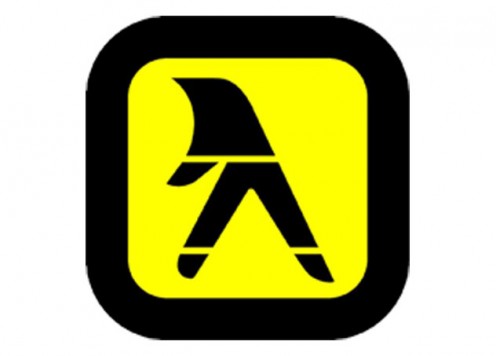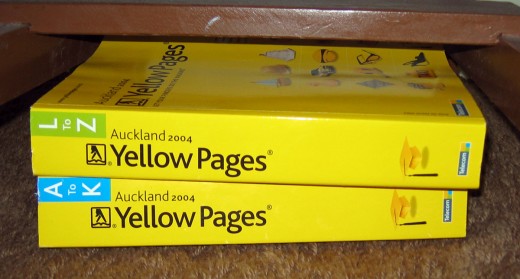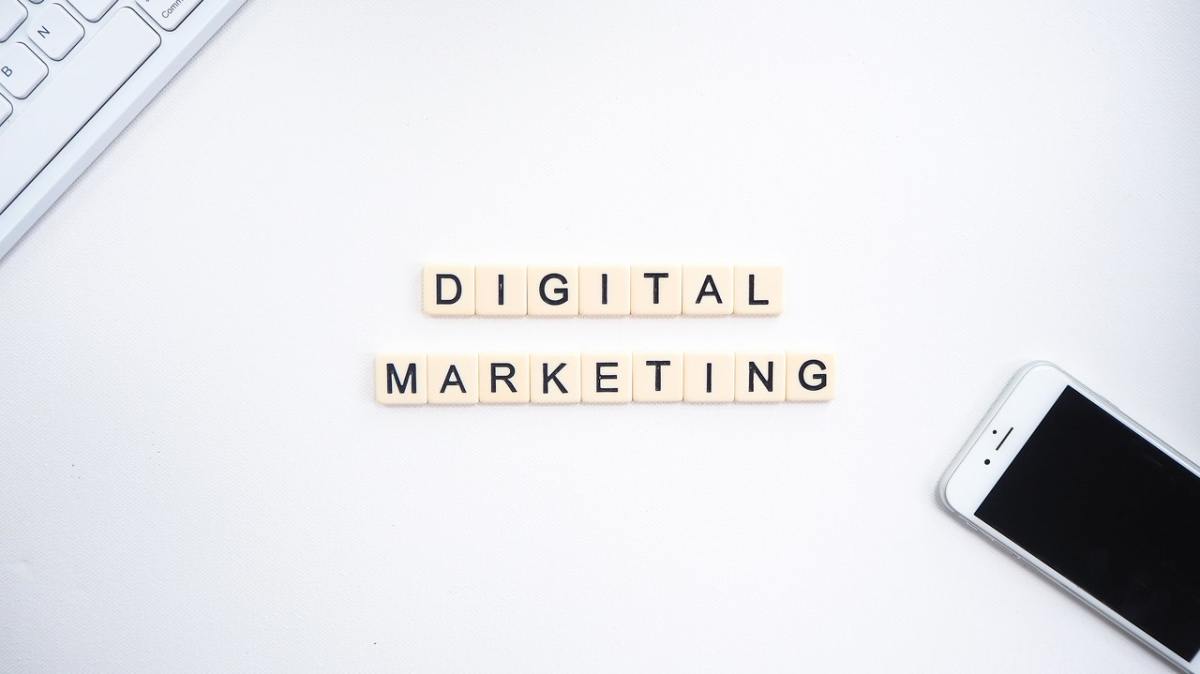The History and Evolution of Yellow Pages

The History and Evolution of Yellow Pages
Growing up, every six months or so, a Dallas phone book with what seemed like a million yellow pages would show up on my family’s front doorstep, and get transferred to the shelf next to the phone. There it would stay, generally opened to some page or another, with some pages dog-eared for each different household need, until the next installment would arrive, conveniently, six months later. Until I was much older, I didn’t even think about where they came from, or even the extreme wealth of information contained in those pages, but yellow pages directories are a part of our culture that evolved from technology, and now is having to evolve with technology.

The Creation of Yellow Page
Like most cultural beginnings, yellow pages directories were created by random circumstances. A printer in Cheyenne, Wyoming, happened to run out of white paper when creating a directory for the area in 1883. This caused the printer to use yellow paper instead, and the trend of yellow-paged business directories was born.
Three years later, in 1886, the first official yellow pages directory was made by Reuben H. Donnelly. Creating his marketing company, he was contracted with the Chicago Telephone Company to make an index of business names and telephone numbers for the customers of the telephone company. This service, allowing phone customers to have a wealth of communication and business information at their fingertips was a huge success (Donnelly’s company is still in business, now known as DexOne today).
The company, expanded rapidly throughout the United States, rival companies such as Yellowbook popped up, and the idea even spread to over 75 countries. Countries such as Belgium, Slovakia, Japan, Ireland, and even Peru and Argentina use their own versions of yellow pages! This global phenomenon was the perfect solution in the print age, for a compilation of business information all in one place.
The Internet and Print Media
From the late 80s to early 2000s, the internet slowly gained traction and usage. As the internet became more useful and user-friendly, the information users could find on the internet became limitless! However, this eventually proved to be the downfall for printed yellow pages. Though databases could be easily used to compile databases, the physical yellow pages were soon becoming obsolete. When business information became available to consumers as quickly as an internet search, printed directories were just no longer a viable option.
One of the concerns of yellow pages directories, as with many other forms of print media, is the vast quantity of paper resources being used. While many households used their phone books, others completely disregarded them and that posed a point of contention for many environmentalists against yellow pages companies.
Combining the rise of the Internet with environmental concerns, the yellow pages industry was looking at grave declines in advertising revenue and usage of yellow pages, and the industry feared that they were becoming quickly obsolete.
However, in the mid-2000s, print media yellow pages gave way to the future of information: online yellow pages! Just as yellow pages hit new profit lows, they adapted to the changing technological climate and many companies moved their services online. Now, many local online business directories can be found easily from any home computer.
YP Usage
Where do you go to find phone numbers?
Yellow Pages Apps
As technology continues to advance and develop, so must informative resources. Local Business directories now have to be available not only online, but in an app to conveniently be available from any mobile device. As the world continues to be on the go, the information that we have used for decades has become lighter, mobile, and more efficient.
As part of an industry and cultural phenomenon that has lasted for decades, the yellow pages lives on, just in a streamlined, less bulky form. With a few taps of the finger, we can now enjoy the same Yellow Pages, just without all the bulky paper and with so much more information!
The following data on cell phone usage trends paints a better picture of the ever increasing mobile world, and the dependence on having information always at the tip of your fingers.
Total Number of Cell Phone Users
Year
| Global Users
| US Users
|
|---|---|---|
2014
| 6.9 Billion
| 316 Million
|
2012
| 6.3 Billion
| 305 Million
|
2010
| 5.3 Billion
| 285 Million
|
2008
| 4.0 Billion
| 261 Million
|
2006
| 2.7 Billion
| 230 Million
|
2004
| 1.8 Billion
| 185 Million
|
Take advantage of online directories that guarantee valuable results like the example below.
And if you're wondering how you can use those old paper phone books that keep getting delivered to your door step, yet never get used. Head on over to this informative hub for some creative ideas.
Find Ratings for Local Businesses






